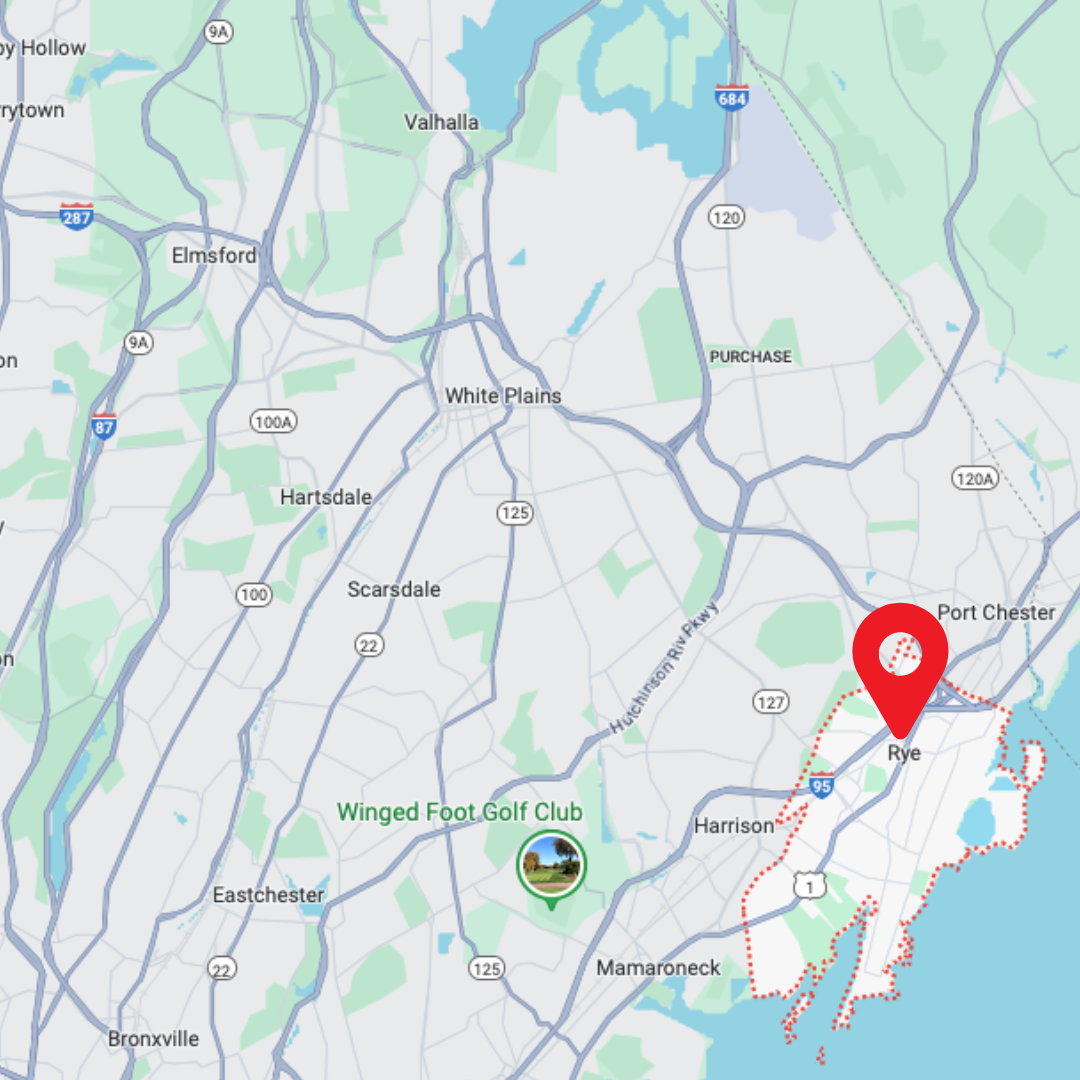Among the cities in New York state, Sherrill has the smallest population (3,077) and Green Island is the smallest in size (seven square miles). Rye has the distinction of being the last village to receive a city charter (in 1942). The other five cities in Westchester County are Yonkers, Mount Vernon, New Rochelle, White Plains, and Peekskill.
No other village has succeeded in becoming a city, although more than a dozen have tried over the past 70 years, including many in rural counties. There are many reasons why no other city has been chartered in New York since 1942, but Port Chester is an example of one village that has made multiple unsuccessful attempts since the early 1930s.
Essentially, it takes strong backing from various stakeholders, including local residents and school boards as well as state and county legislators, and such unified support is hard to achieve.
The decision to become a city could affect every sector of village life, from tax revenue and school budgeting to emergency and court services. Port Chester is Rye Town’s most populous portion and, if the village were to become a city, it might also be required to assume several responsibilities now handled by the town: assessing property, collecting taxes and issuing tax liens, among them.
The legislative process is also complex. For Port Chester to succeed, its charter would have to be revised and approved by both the town of Rye and the county’s Board of Legislators. It would then be introduced as a bill in the state Legislature and, if it were to pass in both houses, would then need the governor’s signature.
Unlike towns and villages, cities are allowed to levy retail sales taxes. Currently, Yonkers, Mount Vernon, White Plains, and New Rochelle charge a sales tax in lieu of the county’s share, but Peekskill and Rye do not. New York State’s intricate sales tax laws make filing an accurate return challenging.
Cities, other than New York City, have long been the primary beneficiaries of the state’s Aid and Incentives for Municipalities (AIM) program. According to an AIM report, Rye received $1.2 million in state aid last year, but Port Chester got only $400,000.
The historic rationale for providing higher funding for cities is that they generally experience greater fiscal need than towns and villages. Many cities are disadvantaged relative to their surrounding suburban towns and villages because of lower per capita property values, reducing cities’ revenue sources.
A report by the Rockefeller Institute of Government in 2023 noted that approval of a new city is tantamount to either a redistribution or increase in AIM funding — a program for which the state legislature has kept funding levels flat since 2009. Counties too, may be unwilling to support the creation of new cities, which would then, in turn, claim an increased share of county sales tax revenues — a development that may result in an increase in the county tax levy to blunt the effects.
All Rye residents, past, present, and future, are especially indebted to Livingston Platt, who served as mayor of the village of Rye for 12 years before he became the city of Rye’s first mayor in 1942. It was due largely to his leadership and political skills that Rye became New York’s last city.


